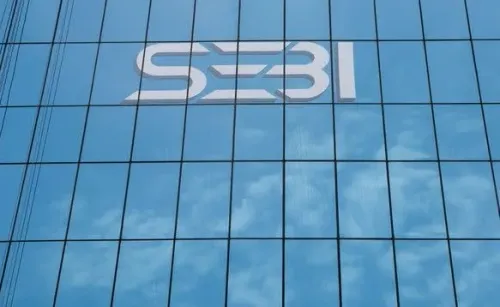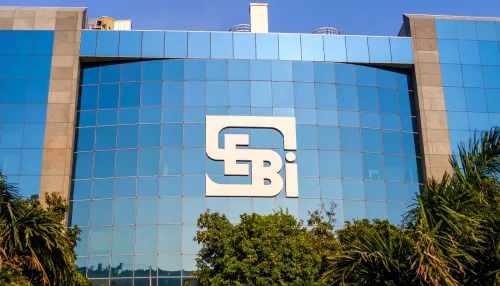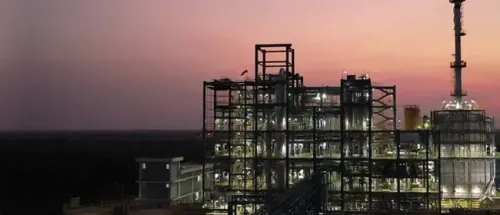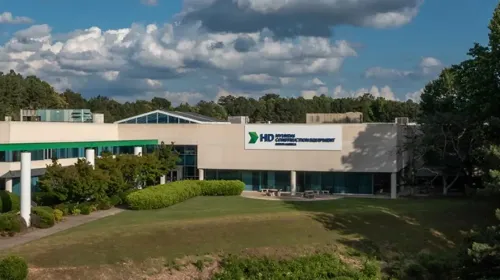Electric Vehicles Could Reach 30-35% of Annual Sales in India by FY30
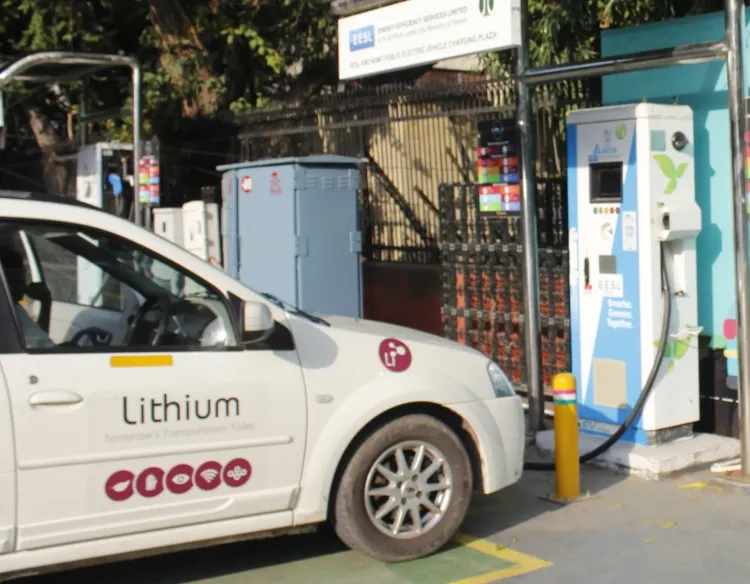
Synopsis
Key Takeaways
- EV sales may reach 30-35% by FY30.
- ICE vehicles will still dominate the market.
- India's EV penetration rose from 1% to 7.4% in five years.
- Significant investment in battery capacity is required.
- Government incentives are crucial for EV growth.
New Delhi, Jan 26 (NationPress) The electric vehicle (EV) movement is gaining momentum, and it is projected that EVs may account for 30-35 percent of the total annual vehicle sales in India by FY30. However, internal combustion engine (ICE) vehicles are expected to continue ruling the roads, coexisting with EVs for many years, as outlined in a new report.
India is embracing the EV trend, with its penetration increasing from under 1 percent in 2019 to 7.4 percent by 2024.
According to the report by SBI Capital Markets (SBICAPS), India's low vehicle ownership and distinct growth drivers present an opportunity to leapfrog to EVs, potentially making them the first choice for many consumers, similar to the transition from 3G to 4G. By FY30, EV sales could reach 30-35 percent of the annual total.
The report highlights that batteries and electronic drive units comprise 50 percent of an EV's cost, distinguishing them from ICEs.
India's PLI for Advanced Chemistry Cell (ACC) aims to tackle this challenge. Currently, original equipment manufacturers (OEMs) depend on outsourcing for 75 percent of their battery requirements, but backward integration is anticipated to reduce this reliance to 50 percent by FY30 through partnerships and joint ventures rather than solely organic growth.
To achieve 100 GWh of EV battery capacity by 2030, an estimated capital expenditure of Rs. 500-600 billion is necessary, alongside an additional Rs 200 billion to enhance public charging infrastructure to 90,000 chargers by FY30.
The surge in India's EV market is propelled by a range of incentives, including 5 percent GST compared to 28 percent for most ICE vehicles, lower road taxes in several states, as well as subsidies from FAME and PM E-DRIVE, coupled with reduced operating costs for electric vehicles versus petroleum products due to a favorable tax framework.
The report emphasized that India’s EV incentive strategy is well-targeted: PM E-DRIVE supports specific vehicle categories while enhancing charging infrastructure. The Scheme to Promote Manufacturing of Electric Passenger Cars in India (SPMEPCI) focuses on cars, a segment where EV penetration is trailing. Moreover, with existing global technological advancements, India can swiftly adopt established solutions without the need for re-invention.
EV adoption rates differ significantly by category, with 2W and 3W leading the way.
According to the report, private cars represent a distinctive EV segment where factors such as performance, aesthetics, comfort, and safety often take precedence over cost.

